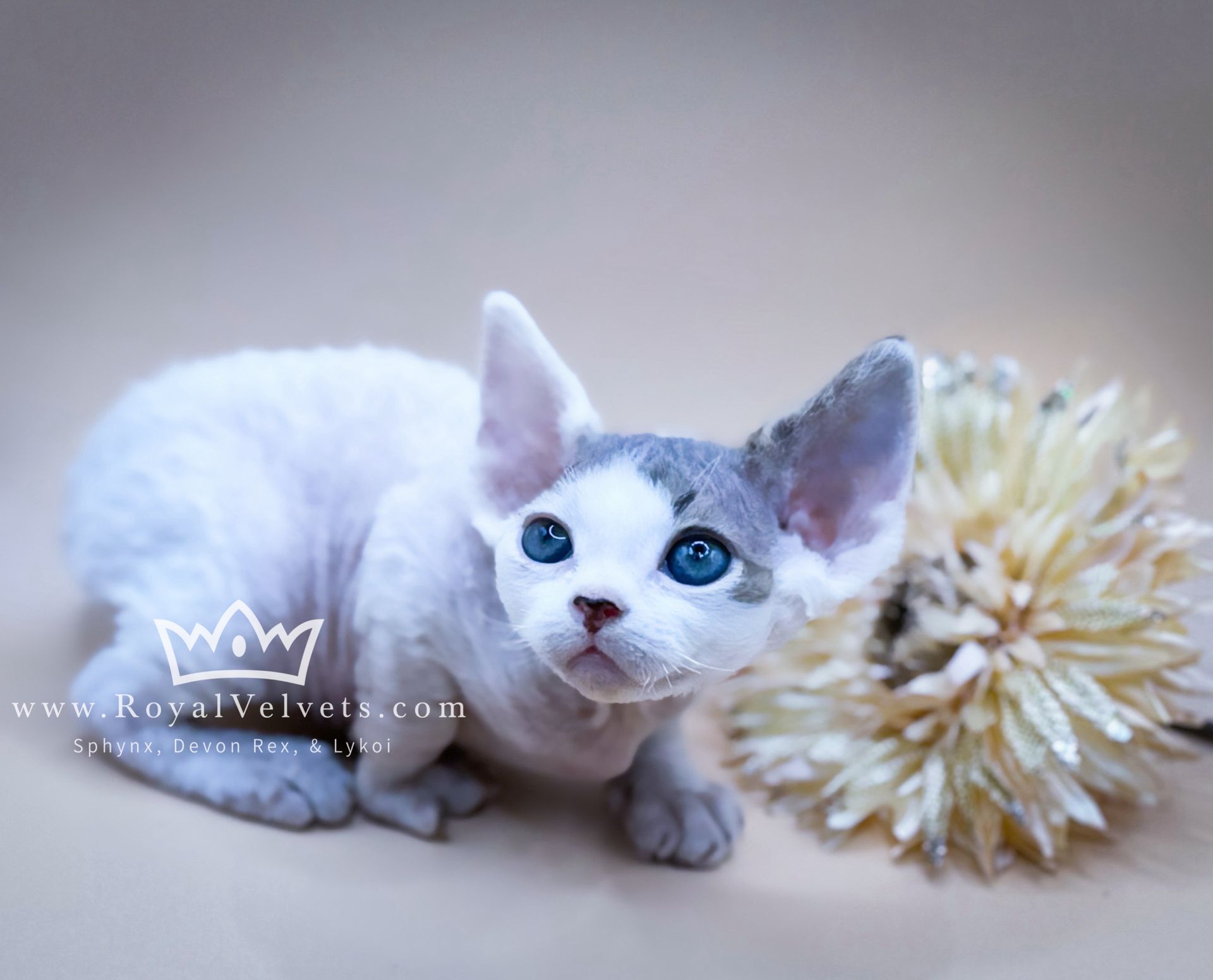1. How long should kittens stay in a safe room?
Kittens should stay in a small, safe room (like a bathroom or bedroom) for the first 2–3 days in their new home. This allows them to adjust to new smells, sounds, and their litter box without feeling overwhelmed. Once they’re confident, you can slowly introduce them to the rest of the house.
Here is a second option: play pen.
➡️ Read more: Proper Kitten Introduction to Their New Home.
2. How often should I feed my kitten?
Kittens have fast metabolisms and need frequent meals. Under 6 months, feed 3–4 small meals per day. Over 6 months, you can reduce to 2–3 meals daily. Always provide freshwater and high-quality kitten food.
➡️ Learn more: Nourishing Excellence: The Ideal Diet for Your Exotic Kitten.
3. When should I take them to the vet?
Your kitten should see a vet within the first week of coming home (see contract for more details). This visit ensures they’re healthy and allows you to discuss vaccines, deworming, and preventative care. Annual wellness exams are essential as they grow.
➡️ Full guide: Kitten Health Checklist: Vet Visits, Vaccinations, and Preventative Care.
4. How do I litter train a kitten?
Our kittens come home litter box trained - but to help prevent accidents - the same litter box and litter that we use should be used.
Most kittens learn quickly if you provide:
- A
small, shallow litter box
- The same litter type they’re used to
- Easy access in their safe room
Consistency is key—don’t switch litter or box types too soon.
➡️ Common mistakes: Kitten Litter Box Mistakes (and How to Avoid Them).
5. When can I spay/neuter my kitten?
Our kittens come already spayed/neutered - so that's one less thing to worry about!
Wondering what the benefits of early spay and neuter? Read this Article Written by a DMV - explaining the benefits of early spay and neuter.
6. Should I let my kitten outside?
We strongly recommend keeping kittens indoors for safety. The sphynx, devon rex, and lykoi - are indoor cats only. Outdoor cats face risks such as cars, predators, diseases, sunburn and getting lost. Instead, you can provide enrichment with cat trees, window perches, and safe playtime.
However, sometimes quick walks in as an escape proof harness can be fun. Or even in a stroller. We would also recommend a uv protection shirt during these times.
For added protection - an apple tag with collar or byte tag is recommended.
7. How often should I bathe my sphynx, devon rex, or lykoi kitten?
Think less is more. Over-bathing can dry out their skin. This can actually cause the skin to become more oily. If they get dirty or sticky, use a gentle, ph balanced, kitten-safe shampoo and lukewarm water. Always dry them thoroughly.
8. What toys are safest?
The best kitten toys are ones that encourage safe play, such as:
- Wand toys for interactive play
- Small balls or crinkle toys
- Catnip-free toys (for young kittens)
Avoid toys with small parts that can be swallowed.
➡️ See also: Kitten Supply Checklist: Everything You Need.
9. How do I kitten-proof my home?
Kittens are curious explorers! Make your home safe by:
- Hiding electrical cords
- Removing toxic plants
- Keeping small objects out of reach
- Securing windows and cabinets
➡️ Download PDF: Kitten-Proofing Your Home: Safety Tips Every Owner Should Know.
10. When will they calm down?
Most kittens begin to calm down around 12–18 months of age, once they transition from kittenhood into adulthood. Until then, expect bursts of playful “zoomies” and lots of climbing and pouncing—it’s part of healthy development.
➡️ See our
FAQ for more.


